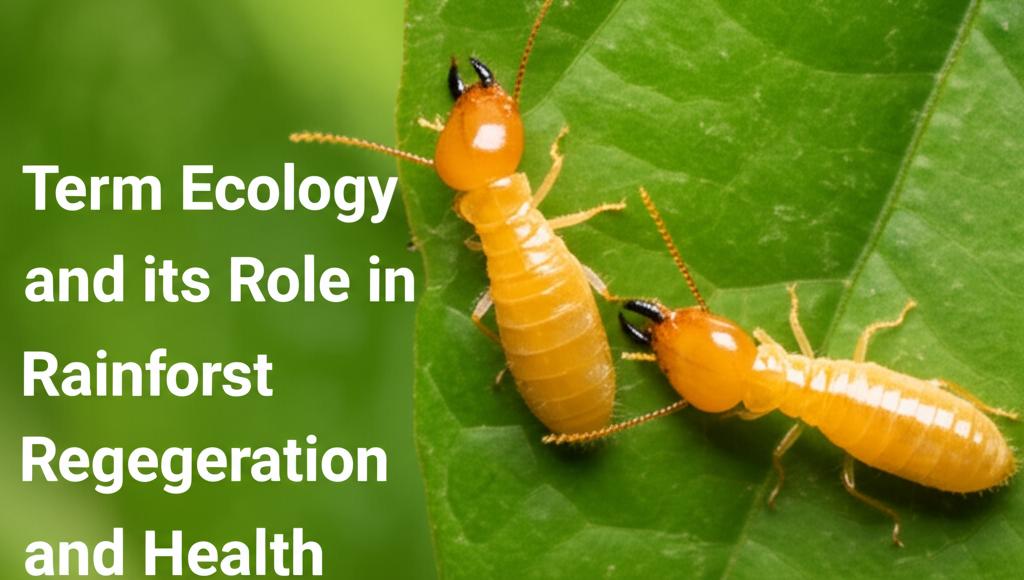Termites, often recognized for their intricate mounds and wood-consuming habits, play a significant and often underappreciated role in the health and regeneration of rainforest ecosystems. Recent research highlights their crucial contributions, particularly in nutrient cycling, soil health, and even in mitigating the impacts of drought.
Key Roles of Termites in Rainforests:- Decomposition and Nutrient Cycling: Termites are vital decomposers, breaking down dead wood, leaf litter, and other organic matter. This process is essential for returning nutrients to the soil, making them available for plant growth. They are one of the few organisms capable of breaking down cellulose, a primary component of plant material. By processing this organic matter, they enrich the soil and contribute to its overall fertility. Their activity can significantly increase the concentration of organic matter, soil organic carbon, and total nitrogen in the soil.
- Soil Health and Engineering: Termites are considered "ecosystem engineers" due to their profound impact on soil structure and properties. Their tunneling activities aerate the soil, improving its structure, water infiltration, and retention capacity. This benefits plant roots and enhances the overall productivity of the forest. Termite mounds themselves can create microhabitats for other species, further contributing to biodiversity. The construction of mounds and tunnels involves the movement and mixing of soil particles, which can lead to localized increases in soil fertility.
- Rainforest Resilience, Especially During Drought: Studies have shown that termites play a critical role in helping tropical forests withstand drought conditions. During periods of drought, termite activity and numbers have been observed to increase. This increased activity leads to higher rates of leaf litter decomposition, which in turn increases soil moisture and the diversity of soil nutrients. The improved soil conditions created by termites during droughts have been linked to increased seedling survival rates, suggesting an important role in maintaining plant diversity, especially as droughts are predicted to become more frequent and severe with climate change. Termites can move groundwater to the surface soil, further enhancing moisture levels.
- Support for Regenerating Forests: In areas of rainforest that are being replanted or are naturally regenerating, termites are proving to be essential allies. However, research indicates that termite populations and their decomposition activities can be slow to recover in these replanted areas, even years after reforestation efforts begin. This slow recovery can hinder the growth and health of young forests because the return of essential nutrients and carbon to the soil is delayed. Some scientists propose novel solutions, such as transplanting deadwood logs from old-growth forests or even entire termite mounds into regenerating areas to boost decomposer populations and provide a food source.
- Potential for Carbon Sequestration and Nitrogen Fixation: Beyond decomposition, termites may contribute to carbon sequestration. It's thought that the fecal matter used to build their nests could be carbon-rich, potentially locking up more carbon than they emit, although more research is needed in this area. Additionally, termites are associated with nitrogen-fixing bacteria. These bacteria convert atmospheric nitrogen into a form that plants can use, which is vital for tree growth and overall forest function.
While crucial, termite populations can be negatively affected by habitat disturbance. If termite abundance is reduced, particularly in disturbed or agricultural ecosystems, these habitats could become more sensitive to environmental stressors like drought.
In conclusion, termites are far more than just pests. They are integral to the complex web of life in rainforests, performing critical ecosystem services that support soil health, nutrient cycling, forest resilience, and the very regeneration of these vital habitats. Understanding and supporting termite ecology is increasingly recognized as an important aspect of rainforest conservation and restoration efforts.

